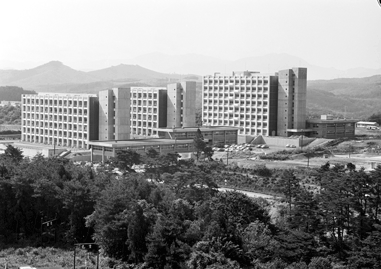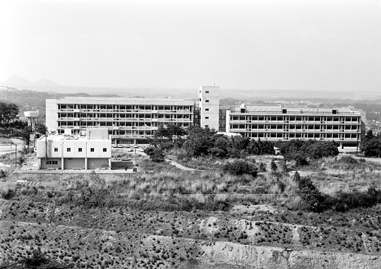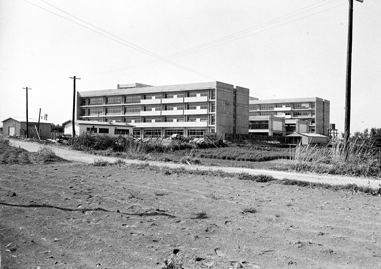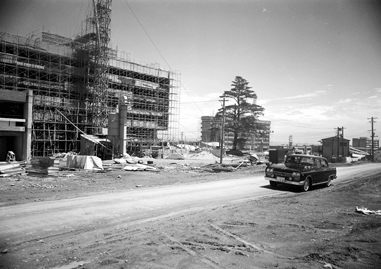History of Aobayama Campus
The Ninomaru of Sendai Castle in the Kawauchi Campus Site was established in Edo period; and Ourayama of Sendai Castle (present Tohoku University Botanical Gardens); a forest in the Aobayama Campus Site connects to the Ohu Mountains.
During the prewar days, these sites were used as a maneuver site for the old Japanese army, and when the war ended, it was requisitioned as a maneuver place for the U.S. military; after requisition the site was then released and again reclaimed as a developmental ground.
First, the movement of the Department of Engineering started from Katahira Campus to establish in Aobayama Campus in 1961; it was followed by the Faculty of the Liberal Arts Course which was founded in the Kawauchi Campus and the Department of Science and Department of Pharmacy were then founded in the Aobayama Campus. The Aobayama Campus now covers the Center of Education and Research for our university.
Buried Cultural Properties of Aobayama Campus
In Aobayama area, a general entrance was limited as a hinterland of the Sendai Castle in the Edo era, and as a practice place of the Imperial Army second division after the Meiji era.
After the war, before 1964 when the campus removal of Tohoku University began, there was slightly dotted with reclamation farmhouses.
So it is thought that the natural scenery of the neighborhood of remains of Aobayama was kept relatively well.
By the survey with the Tohoku University archeology laboratory which began in around 1971 and the investigation with the Tohoku University Archaeological Research center, in the remains group of Aobayama, it became clear that the remains group of Aobayama is mainly in the Old Stone Age and the Jomon period.
Click for Details : Archaeological Research office (Japanese Only)
You can see changes of Aobayama with birds-eye pictures from 1947.
Click for Details : Changes of Aobayama with birds eye pictures
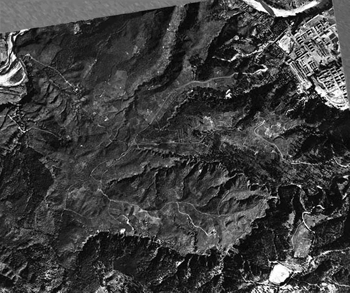
^ 1947 birds-eye picture
Purple : histrical interest Orange : histrical building Light green : monument

